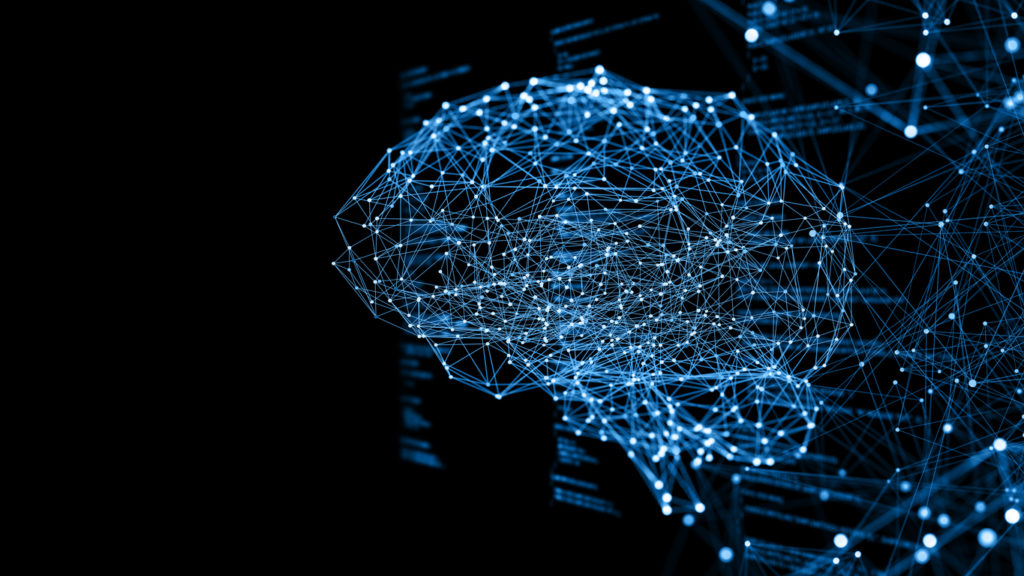by Rob Skelly, Creative Director, Born Ugly
The rise of AI and automation has sparked both excitement and caution for creatives and designers. Whilst some are keen to get stuck in, others are concerned about their job security, and the questions on everyone’s minds is how we’ll stick to our ethics in this Brave New World.
In short, I don’t think creatives should be very worried. To thrive in this technological era, creatives must always remember their unique abilities and understand that their role will always be needed and isn’t going anywhere – as long as they’re open minded and adaptable. Instead of viewing advances like AI as a threat, we as creatives should be embracing it and reaping the benefits of integrating it into our creative processes.
AI isn’t taking your job!
One of the most prevalent concerns among creatives is the fear of job displacement. But it’s important to dispel the myth that AI will entirely replace human creatives.
It all depends on how you view creativity. If you understand it as conceptualising the idea and using the tools available to bring it together, then AI should be celebrated not looked down upon. In that way, AI can help break down the barriers for creatively minded people who lack the artistic or technical skills required to express their ideas.
While AI can automate certain repetitive tasks and generate outputs, it lacks the inherently human qualities that drive creativity—empathy, intuition, and emotional depth. These human elements are what give our work meaning, and what enables us to connect with audiences on a profound level.
As soon as our sector recognises as a collective that our ability to infuse ideas with these unique qualities is irreplaceable, the sooner we will be able to embrace AI as a tool to help push creativity further, to express conceptual thinking quicker and easier whilst using our brains to thread it all together with big ideas.
By reducing the time it takes to tangibly conceptualise an idea, creatives can focus more efforts on higher-level thinking, innovation, and deeper states of creativity – the aspects that truly require expertise.
Originality is human
While the ethical lines are still blurred and before anyone has come forward with a definitive set of rules and regulations around the use of AI, we’re already seeing businesses facing lawsuits due to AI misuse – and I expect we’ll see a lot more of that in the coming months and years. Not only does this highlight the need for established legislation, but also demonstrates the need to protect authentic and original creations – something that AI cannot yet create.
So, while in the age of AI, many clients may begin to expect results faster, they must understand that they’re not only paying for the value, time and experience of creatives, but also their ability to create distinct and authentic designs.
This type of output cannot be generated through a cursory scroll of the internet – it is only created through years of continuous practice, experimentation, and failure. That’s what leads to the greatest creative successes.
Integration is key
It’s clear that creatives cannot ignore AI though, and so in order to embrace it they must first understand it and its potential benefits. Although it will not necessarily change the creative process itself, AI has the capacity to optimise various stages of that process. It might speed up the ideation stage, for instance, by creating quick mock ups of initial ideas.
By the same token, it is important that creatives do not lose sight of traditional methods that have served them well in the past. This means getting outside, reading books, talking to people, connecting with their target audience and experiencing real human behaviours.
Full immersion is often what leads creatives to discover their best ideas – in a similar vein to the way that a virtual meeting will never replicate the energy and interaction of an in-person meeting. In a modern world, there’s room for both. So, it is not a question of one or the other, but rather a question of using one to make the other better.
Balancing the scales
Integrating AI into the creative process can expedite ideation and enable faster iterations, but creatives should also stay rooted in real-life experiences for the birth of truly remarkable ideas.
Encouraging creatives to get their hands on the technology is the best way to experiment, explore, fail and understand its advantages, as well as its limitations. Not only can this help to optimise the tech for their use, but also to suggest ways they can begin to implement it now, as well as in the future as it becomes more advanced.
In the same way agencies look for people with Adobe skills for example, they should look to hire people with AI skills. More and more roles are coming into the industry that require AI prompting while clients are simultaneously beginning to ask how creatives are using AI to the best effect.
Creatives must educate themselves on the tools available and take a positive stance on AI. Too many just go with the flow.
By striking a balance between technology and traditional methods, creatives can navigate the ever-evolving landscape and continue to deliver exceptional work that captivates audiences.









